'Ibis' A Pâte-De-Verre Box with Cover
Designed with papyrus leaves and an Ibis as a handle on the cover
Made in pink, amethyst and red glass pate de verre
Signed in the mold on box and cover G. ARGY-ROUSSEAU
Illustrated in J. Bloch-Dermant, G. Argy-Rousseau: Glassware as Art, London, 1991, no.23.25
Joseph Gabriel Rousseau, known as Gabriel Argy-Rousseau (1885-1953) is a sculptor, French ceramist and master glassmaker who contributed to the rediscovery of glass paste as a major glassmaking art of the early twentieth century. If the technique of glass paste is restored to antiquity, it falls into oblivion for a long time. In the last quarter of the 19th century, Henri Cros and a handful of artists, often ceramists from the new art movement, such as François Décorchemont or Georges Despret, put it back to the limelight. The last of these precursors is Gabriel Argy-Rousseau. He is considered the only glass maker to have developed and used the complex process of glass paste, with the other glass makers working on crystal paste.
Entered the Sèvres School of Ceramics, where he discovered glass paste in the workshop of Henri Cros. Gabriel Argy-Rousseau began to produce between 1910 and 1920. His early works are influenced by the plant and animal motifs of Art Nouveau. He debuted at the 1914 Salon des Artistes Français in Paris. Between 1921 and 1931, established rue Simplon in Paris, he was a shareholder of the Argy-Rousseau glass pulp company. With many collaborators, he produced small, colorful subjects in the Art Nouveau and then Art Deco styles, which were distributed in small series: pendants, vases, lamps and night lights, and from 1928 on, sculptures (statuettes or bas-reliefs) in collaboration with Marcel Bouraine. Contrary to his fellow ceramists, he remained late faithful to the polychrome effects and floral motifs of Art Nouveau. He develops shimmering colors (ruby red, amethyst, grey, deep blue...) and textures with marbled effects. He invents new processes for the surface coloring of the dough, by dyeing oxide powder before firing at low temperature. His works are made of glass paste, the statuettes generally made of crystal paste.
The stained-glass creations of Gabriel Argy-Rousseau remain among the most representative examples of Art Deco production. The workshop ceased production in 1931, but Argy-Rousseau continued to create crystal paste pieces, having no longer, due to the economic crisis, the possibility of working the very expensive process of glass paste. He exhibited glass works decorated with metals in his collection, notably in 1934. His last exhibition was one year before his death in 1952. He died forgotten, but left a corpus of important works in the field of glass, now rediscovered.






















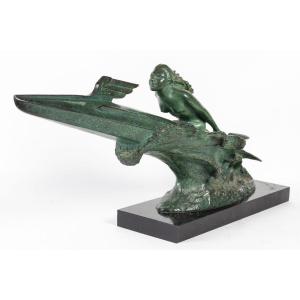
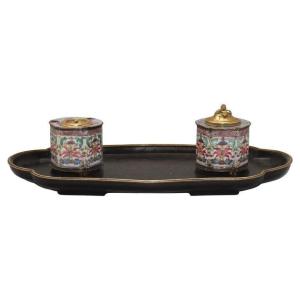

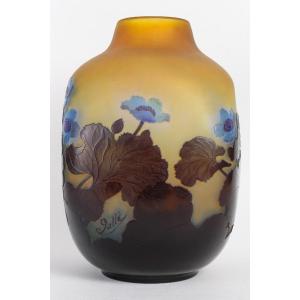

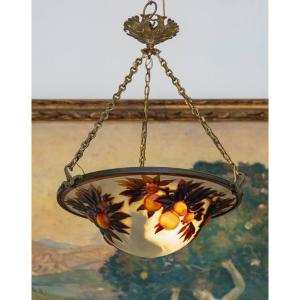





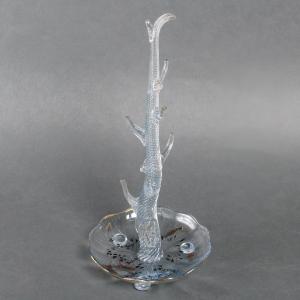


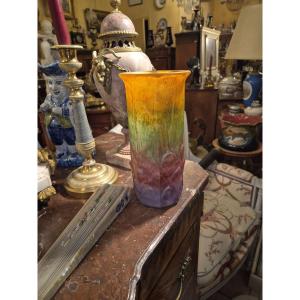


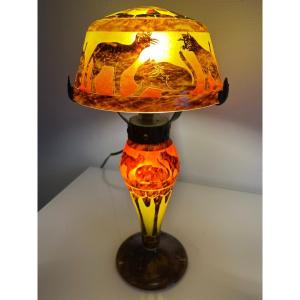




 Le Magazine de PROANTIC
Le Magazine de PROANTIC TRÉSORS Magazine
TRÉSORS Magazine Rivista Artiquariato
Rivista Artiquariato